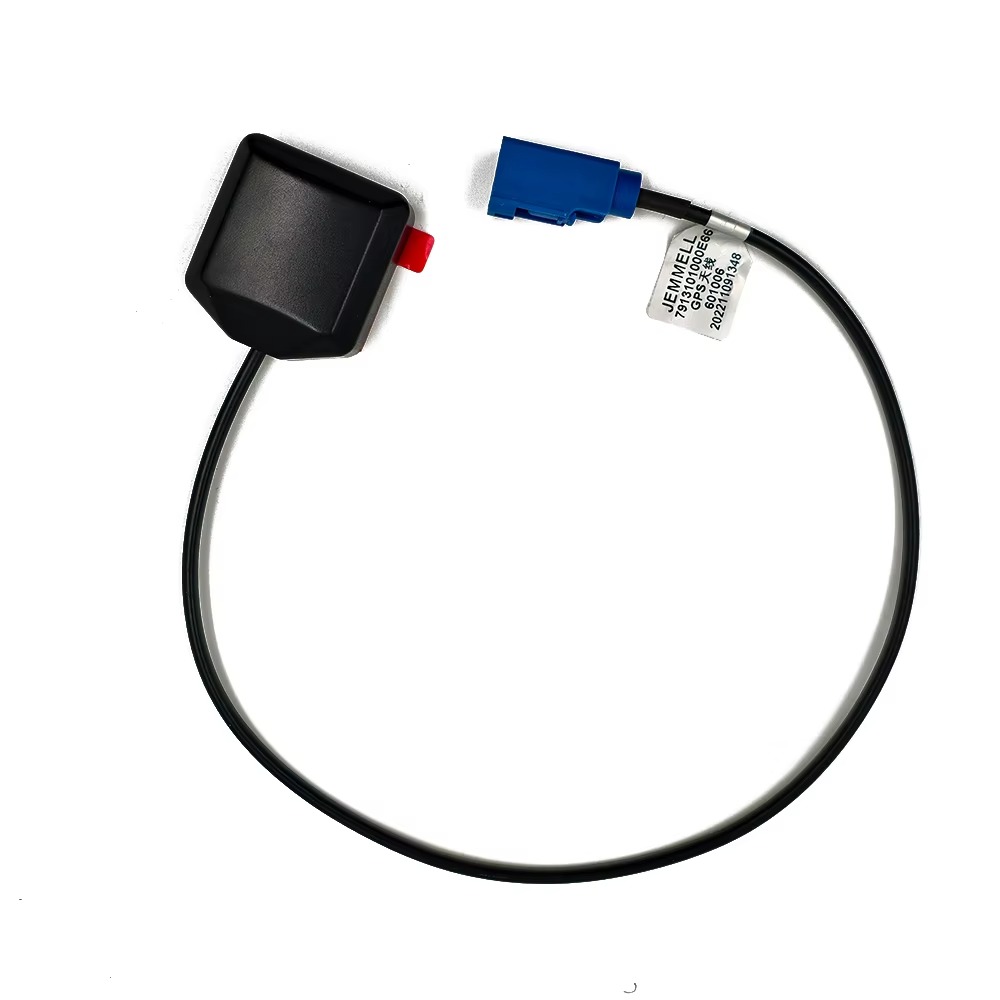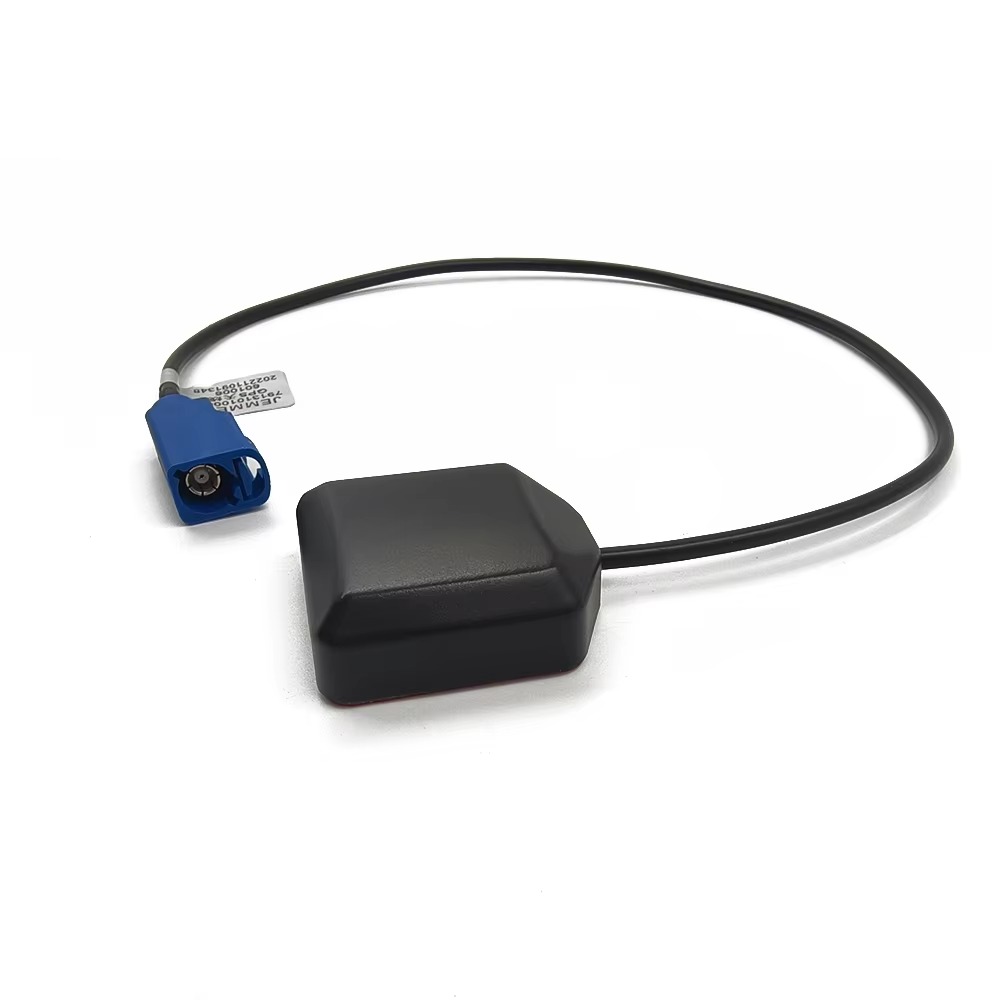The ultra-thin low-profile ceramic antenna is a key enabling technology for entire categories of modern electronic devices. Its unique ability to provide wireless connectivity within an extremely constrained volume has made it a cornerstone of consumer electronics and the Internet of Things. As technology evolves, its applications are expanding, and the antenna itself is undergoing significant development to meet new demands.
Applications
Smartphones and Tablets: This is the highest-volume application. Multiple ceramic antennas are embedded within a single phone to handle different services: primary and diversity cellular antennas (for LTE/5G), Wi-Fi/Bluetooth, GPS, and NFC. Their low profile is essential for achieving the sleek, all-screen designs that dominate the market.
Wearable Technology: Smartwatches, fitness trackers, and hearables (wireless earbuds) have perhaps the most severe space constraints of any consumer device. A ceramic antenna is often the only viable solution for integrating Bluetooth and sometimes Wi-Fi or GPS connectivity into these tiny form factors without adding noticeable thickness.
Ultrabooks and 2-in-1 Laptops: The drive for thinner and lighter laptops demands equally thin internal components. Ceramic antennas are used for Wi-Fi, Bluetooth, and cellular connectivity, often being placed in the screen bezel or the base of the laptop where space is minimal.
Internet of Things (IoT) Modules and Sensors: The IoT revolution is fueled by connectivity. Ceramic antennas are used on compact IoT modules for LTE-Cat M1/NB-IoT, LoRaWAN, Wi-Fi, and Zigbee. They enable wireless functionality in devices like asset trackers, smart meters, environmental sensors, and industrial monitors.
Consumer Gadgets: A wide array of products rely on them, including digital cameras (for Wi-Fi transfer), smart remote controls, gaming controllers, and VR/AR headsets. Any device that needs to be wireless and sleek is a potential application.
Automotive Telematics: While not for external antennas, ceramic patches are used inside vehicles for connected car systems, satellite radio (SDARS), and GPS receivers, where they can be hidden within dashboards and trim panels.
Future Trends
Multi-Band and Wideband Designs: The biggest technical trend is overcoming the bandwidth limitation. Future designs will use more advanced techniques like:
Advanced Stacking: Multi-layer ceramics with more complex stacked patches to cover multiple wide bands (e.g., all of 5G FR1, Wi-Fi 6E) with a single component.
Meta-Materials: Incorporating electromagnetic band-gap (EBG) structures or other meta-material concepts to effectively create a "larger" antenna electrically, thereby increasing bandwidth without increasing physical size.
Integration with Other RF Components (AiP and SiP): The future lies in Antenna-in-Package (AiP) and System-in-Package (SiP) technology. The ceramic antenna will be co-packaged with the RF transceiver chip, filters, and other components into a single, pre-tested module. This simplifies design for the end customer, reduces the overall footprint, and minimizes parasitic effects from interconnects.
Tuning and Adaptive Matching: To combat detuning from environmental effects, future antennas will incorporate active tuning elements. Using tunable capacitors (varactors) or switchable matching networks, the antenna's impedance can be dynamically adjusted in real-time to maintain an optimal match as the device is handled or its environment changes. This is already appearing in high-end smartphones.
Material Science Innovations: Research into new ceramic and composite materials continues. Goals include developing dielectrics with an even higher εr for further miniaturization, a more stable temperature coefficient, and a better balance between high εr and low loss tangent to improve efficiency.
Standardization for Specific IoT Bands: As IoT applications explode, antenna manufacturers will offer more optimized, off-the-shelf ceramic antennas tailored for specific LPWAN bands like LoRa, Sigfox, and NB-IoT, making it easier for developers to design connected products.
Co-Design with AI: The use of machine learning and AI in electromagnetic simulation software will accelerate the design process. AI algorithms can rapidly iterate through thousands of potential antenna shapes, slot configurations, and feed positions to automatically optimize for specific goals like bandwidth, efficiency, or size, dramatically reducing design time.
The ultra-thin low-profile ceramic antenna is not a static technology. It is a platform that is continuously evolving. Its future is one of greater integration, intelligence, and performance, solidifying its role as the fundamental building block that will enable the next generation of even smaller, smarter, and more connected devices.
Conclusion
The ultra-thin low-profile ceramic antenna is a definitive enabler of the modern aesthetic in electronics. It represents a triumphant engineering solution to one of the most persistent challenges in device design: how to integrate essential wireless functionality into a form factor that is increasingly defined by its lack of internal space and its seamless exterior. It is a component that has evolved from a technical compromise into a sophisticated and specialized tool, perfectly aligned with the market's demand for miniaturization, aesthetics, and manufacturability.
Its design and construction are a testament to the power of materials science. The use of high-dielectric-constant ceramics is the fundamental breakthrough that allows it to defy traditional antenna scaling laws, effectively "cheating" physics to fit a resonant structure into a sub-2mm height. This core innovation is supported by precision manufacturing processes that transform specialized powders and inks into a robust, reliable, and consistent surface-mount component.
The analysis of its advantages and limitations reveals its true nature: it is the optimal solution for a specific set of priorities. Its unparalleled miniaturization and SMT compatibility are its supreme advantages, offering industrial designers and engineers the freedom to create the sleek, minimalist products that consumers desire. The challenges it presents—narrow bandwidth, environmental sensitivity, and integration complexity—are not flaws but rather the well-understood parameters of its operation. They are the price paid for minimal size, a price that is willingly paid in the vast consumer electronics market where form factor is often as important as function.
The antenna's working principle, centered on a miniaturized resonant cavity, is a masterclass in managing trade-offs. It acknowledges that efficiency and bandwidth must be sacrificed at the altar of size, but it does so in the most optimized way possible, leveraging every micron of available volume to extract the maximum possible performance.
Looking forward, the trajectory of this technology is clear. It will not be replaced but will instead become more intelligent, more integrated, and more wideband. Trends like AiP, adaptive tuning, and meta-materials are not threats but evolutionary pathways that will extend its relevance and capabilities. It will remain the hidden workhorse, buried within the devices that define our connected lives, silently and reliably providing the link to the wireless world.
In conclusion, the ultra-thin low-profile ceramic antenna is more than just a component; it is a key enabler of technological progress. It proves that through innovation and clever engineering, functionality does not have to be sacrificed for form. By solving the problem of the antenna, it has allowed designers to focus on the product, ensuring that the devices of the future can be both beautiful and connected, without compromise. It is a small component that has made a very large impact.




































































 Language
Language
 En
En Cn
Cn Korean
Korean

 Home >
Home > 








 18665803017 (Macro)
18665803017 (Macro)













